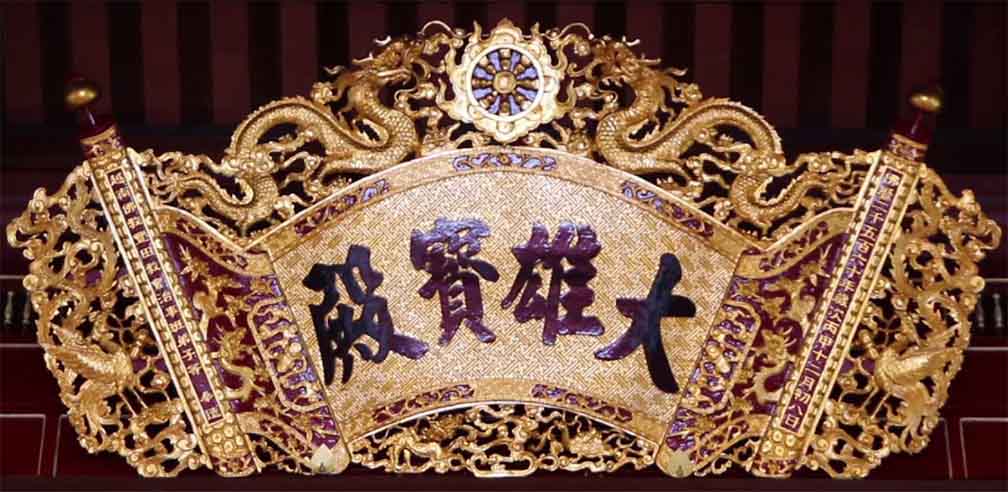Main Products: Carved Furniture
Ethnic Minority: kinh
From Noi Bai Airport (Hanoi): 515 km
From Tan Son Nhat Airport (HCMC): 661 km
The local tradition of wood carving in Hue has been handed down from generation to generation for centuries. According to legend, long ago two men, Lo Ban and Lo Boc learned the mystery of wood carving and carpentry from a beautiful goddess.
Word of the highly skilled local carpenters and woodcarvers soon reached the ears of the Vietnamese royalty. This was one of the main reasons the Emperor Nguyen selected Hue as the seat of his Imperial Palace. From 1802 onwards, the greatest artisans of lacquer, woodcarving, and horizontal lacquered board from all regions of the South and North of Vietnam were gathered in Hue. Here they completed the construction of the Royal palace in 1945, and ever since then woodcarving and lacquer production has been a thriving feature of this historic city.
Even today most of the Vietnamese woodcarving enterprises are centered in Hue. However, if one looks deeper into this fascinating tradition there is a famous woodcarving village in Thua Thien Hue which is the birthplace of Hue’s trademark architecture.
Quietly resting on the peaceful riverbank of the O Lau river is an ancient village of My Xuyen. Located 40 kilometers north of Hue, the excellent craftsmanship of this village was established during the 15th Century by the descendents of Nguyen Van. Nguyen Van Tho, a devoted follower of Tran Van Cao and a famous carpenter and woodcarver of the Royal Hue Court was from Thanh Hoa, a central province of Vietnam. He married a beautiful woman from My Xuyen Village and settled down. Over his lifetime he bestowed his skills to the local villagers. For centuries since, those same carefully ingrained talents have been patiently passed on to each new generation. When one speaks about Hue woodcarving, the images created in My Xuyen village easily come to mind.
The typical Hue architectural style expresses a unique aesthetic value created on the pinnacles of both art and skill. Through their talented hands and creative minds, My Xuyen villagers turn out lavish products to include intricately carved depictions of daily life including a variety of trees, floating clouds, winding rivers, gracious mountains and lovely wild animals common to the area.
Such scenes can be found carefully embossed on household décor, furniture, and statues. They look especially attractive on walls and Ruong house columns. A Ruong house column reflects the most complex layering of woodcarving that has passed on through the generations. As any woodcarver of My Xuyen can verify, “Trees first, people second, cloudsthird and animals fourth”.
The village of My Xuyen has more than 700 woodcarvers whose passion for their craft has been introduced to all regions of Vietnam and exported throughout the world. The carving style of this riverside village is the melding of an ageless inheritance of the quintessential combined with the modern world. Woodcarvers here have successfully united traditional culture and art with the unique architecture of Hue.



